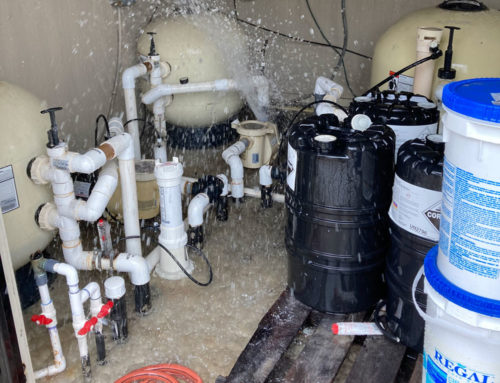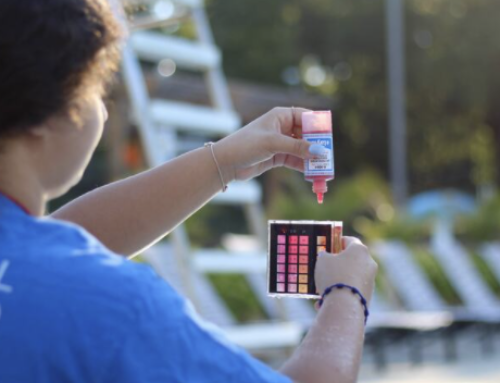
Keep Phosphate Levels Low to Prevent Algae in Your Pool
For managers of commercial pools, phosphates can be a big problem. If phosphate levels run too high, water in a pool can quickly turn from pristine clear to green and murky, effectively shutting down business until you can get the problem under control. Here’s what you need to know about phosphates to keep your commercial pool crystal clear:
What are phosphates?
Phosphates are simply compounds containing phosphorus. When they remain in the water too long, phosphate compounds eventually break down into their simplest form, orthophosphates. These are known to be a food source for aquatic plants, including all kinds of algae. Once algae builds up in a pool, not only is it unattractive, but it also represents a serious slip hazard for swimmers.
Where do phosphates come from?
Unfortunately, there is no method for avoiding phosphates altogether. They are present in rain and ground water runoff, decaying vegetation, fertilizers, and bird waste. When wind blows dirt into your pool, or twigs and bark fall into the water, phosphates enter the water. Swimmers are also to blame for introducing phosphates through sweat and urine, dead skin cells, and soap.
How can I prevent phosphate build-up?
It’s impossible to keep your pool completely free from phosphates, but many experts agree that you should aim to maintain “near zero” levels. Fortunately, there are some easy steps you can take to prevent phosphate levels from building up:
- Encourage swimmers to rinse off before jumping in.
- Be sure to vacuum and clean out your filters and pump baskets regularly.
- Remove leaves and other organic matter as quickly as possible.
- Make sure that water run-off from plants and/or grass doesn’t drain into the pool.
- Check the ingredients listing on your water treatment products, taking caution to avoid scum-fighting agents that use phosphates, which could end up negating their positive impact on water clarity.
How do I know if phosphates are a problem in my pool?
There are a variety of warning signs that excess phosphates are leading to algae growth in your pool: cloudy or green water, slippery and slimy surfaces, and overall poor water quality. In order to properly control phosphates, it’s important to get an accurate handle on the orthophosphate levels in your pool’s water. Today’s testing kits are effective and easy to use; most can give you an accurate measure in just seconds.
What steps can I take to keep phosphate levels low?
Phosphate-reducing solutions can be effective in maintaining low levels. According to Pool & Spa News, these specialty chemicals — typically salts of aluminum or lanthanum — produce insoluble phosphate compounds when added to water, which can be removed through filtration or vacuuming. If you’re unsure which products to use in your pool, turn to the experts at your pool management company.
Terry Arko, a pool consultant and regular columnist for Recreation Management, recommends using a 3-in-1 product — which has phosphate remover, enzymes, and clarifier — to keep phosphates low and improve the overall water quality.
While phosphate-reducing solutions can help dissuade algae growth, they are not algaecides. Once algae take hold, such solutions are no longer effective. At that point, you’ll need to use a shock treatment, requiring large doses of chlorine/bromine. Here again, it’s wise to consult your pool management company if you have questions about the best shock treatment to use.
With good maintenance procedures, the proper balance of preventive water treatments, and an efficient plan for combatting algae growth, a pool can be kept algae-free without much hassle.
At American Pool, we offer a full range of pool maintenance and management services — and we can help you keep your pool crystal clear. Get in touch to find out how.





